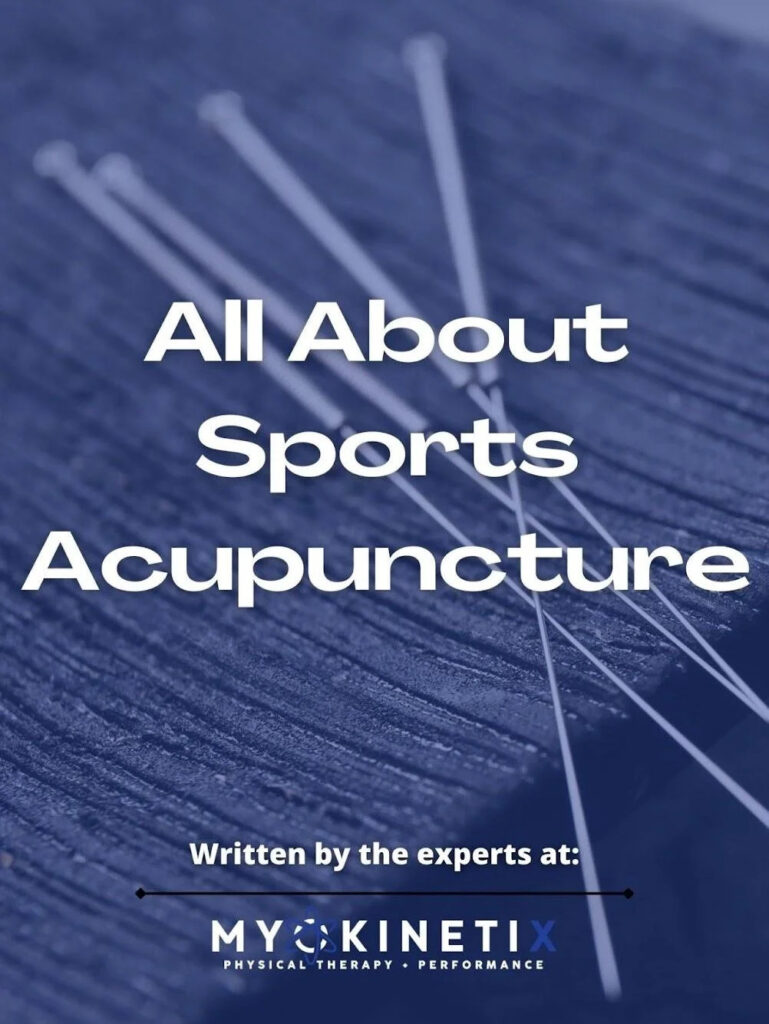In the realm of alternative therapies, dry needling and acupuncture often emerge as two prominent contenders, with both approaches utilizing thin needles to address various health concerns. While they may seem similar at first glance, there are fundamental differences in their philosophies, techniques, and applications.
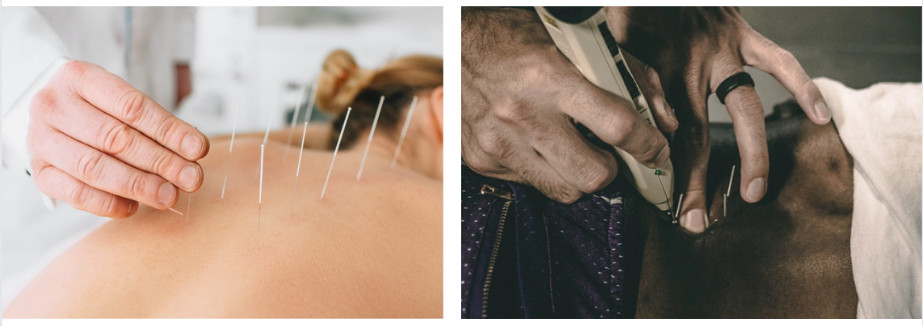
Let’s dive into the differences between dry needling and acupuncture and shed light on their unique characteristics and potential benefits.
Understanding Dry Needling
First, let’s explore dry needling. This is a relatively modern therapeutic approach that involves the insertion of fine needles into specific trigger points within muscles, tendons, ligaments, or near nerves to alleviate pain and improve musculoskeletal function. Unlike acupuncture, which is deeply rooted in traditional Chinese medicine (TCM), dry needling draws heavily from Western medical concepts, focusing primarily on the neurophysiological mechanisms underlying pain and dysfunction.
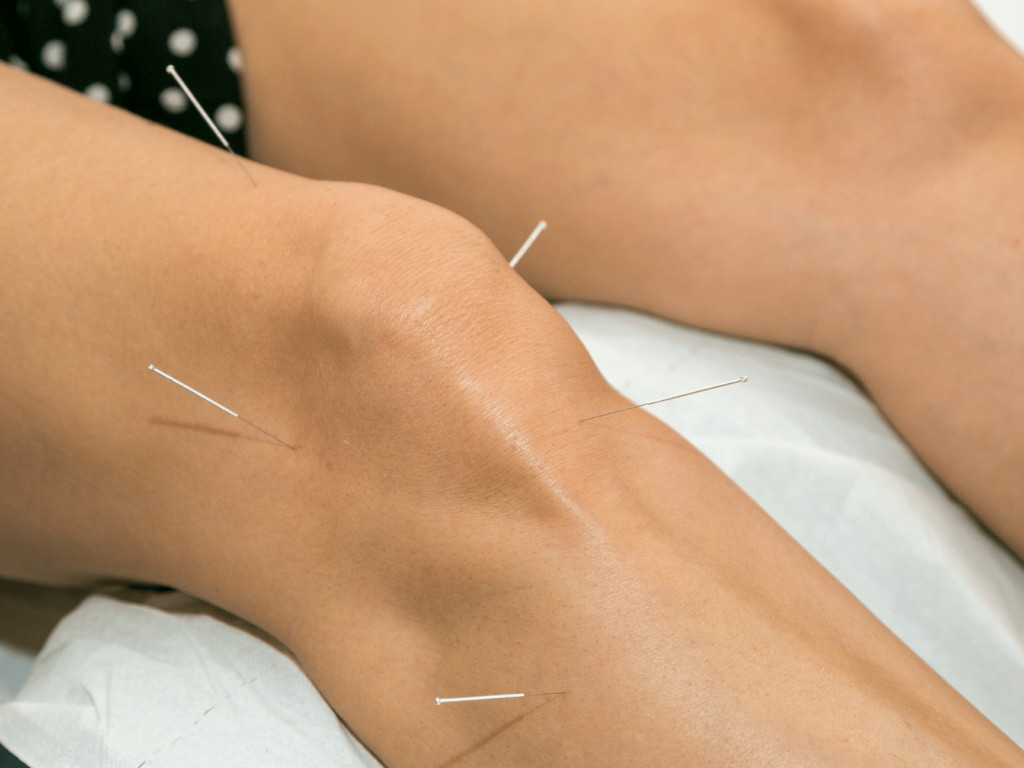
Key Differentiators of Dry Needling
- Targeted Trigger Points: In dry needling, practitioners aim to identify and target myofascial trigger points—localized areas of muscle tension and hyperirritability believed to be responsible for referring pain to other parts of the body.
- Physiological Approach: The rationale behind dry needling lies in its ability to elicit localized mechanical and biochemical responses, including the release of neurotransmitters, reduction of muscle tension, and modulation of pain perception.
- Diagnostic Process: Dry needling typically involves a thorough assessment of the patient’s musculoskeletal system to pinpoint areas of dysfunction and determine the optimal needle placement strategy.
Applications of Dry Needling
- Pain Management: Dry needling is frequently utilized as a complementary treatment for various musculoskeletal conditions, such as chronic back pain, neck pain, tendonitis, and sports injuries.
- Rehabilitation: By targeting dysfunctional muscle tissue, dry needling aims to enhance flexibility, mobility, and overall movement patterns, making it a valuable adjunct to physical therapy and rehabilitation programs.
Understanding Acupuncture
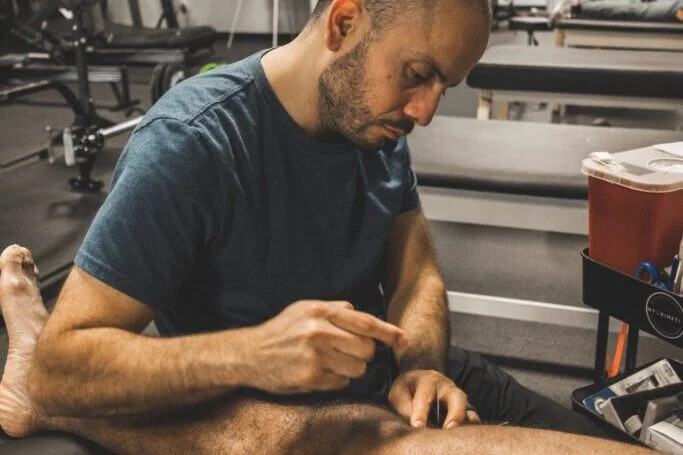
Acupuncture is a therapeutic method aimed at rebalancing the body’s equilibrium, known as homeostasis. This ancient practice involves stimulating precise points on the body using extremely fine needles, each as thin as a strand of hair. These needles are sterile and intended for single use, ensuring utmost safety and hygiene. Due to their slender nature, acupuncture needles typically cause minimal to no discomfort during treatment, with many patients barely sensing their insertion. It originates from ancient Chinese medical practices, and is based on the concept of restoring the flow of Qi (pronounced “chee”)—the vital energy believed to circulate through meridians or pathways in the body. According to TCM principles, disruptions or imbalances in Qi flow lead to illness and discomfort, and the insertion of needles at specific acupuncture points helps restore harmony and promote healing.
Watch this video to learn more!
Key Differentiators of Acupuncture
- Meridian-Based Therapy: Unlike dry needling, which focuses on trigger points, acupuncture revolves around the concept of meridians and acupuncture points distributed throughout the body, each corresponding to specific organs and physiological functions.
- Holistic Perspective: Acupuncture embodies a holistic approach to health and wellness, considering not only physical symptoms but also emotional, mental, and spiritual aspects of well-being. Treatments are tailored to address the individual’s overall constitution and imbalances.
- Traditional Techniques: Acupuncture techniques may vary widely, encompassing manual manipulation of needles, electroacupuncture (application of electrical stimulation), cupping therapy, and more.
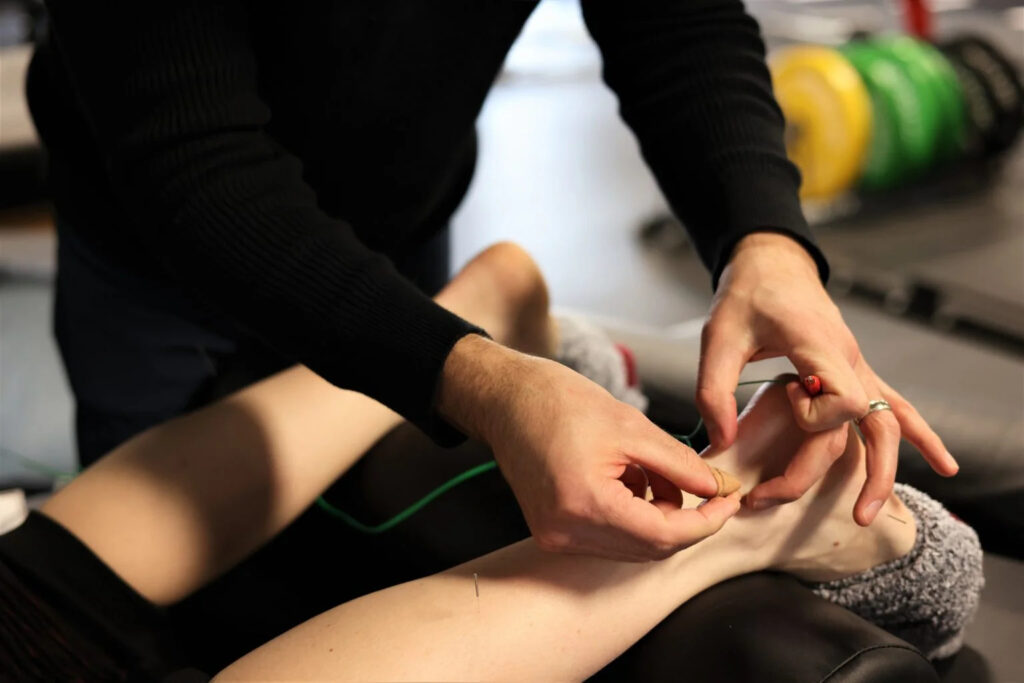
Applications of Acupuncture
- Pain Relief: Acupuncture is renowned for its effectiveness in alleviating various types of pain, including chronic pain, headaches, arthritis, and more, by promoting the release of endorphins and modulating pain signals.
- Stress Reduction: By regulating the nervous system and promoting relaxation, acupuncture sessions can help reduce stress, anxiety, and insomnia, fostering a sense of calm and balance.
If you want to learn more about acupuncture, download our free guides here:
Conclusion
In summary, while both dry needling and acupuncture involve the insertion of needles for therapeutic purposes, they differ significantly in their underlying principles, techniques, and therapeutic applications. Ultimately, the choice between dry needling and acupuncture depends on your preferences, health goals, and the expertise of healthcare providers. By understanding these differences, you can make informed decisions about which modality may best suit your needs for pain management, rehabilitation, and overall well-being.
Here at Myokinetix, our mission is to provide exceptional care and support to our valued patients on their journey to wellness. With our in-house acupuncture specialist, we offer a comprehensive approach to pain management and rehabilitation, empowering individuals to expedite their recovery and ease the challenges of healing.
Whether you’re seeking relief from chronic pain, recovering from an injury, or simply striving to optimize your health and vitality, Myokinetix is here to help. With our integrated approach to care and our commitment to excellence, we are honored to partner with you on your journey to wellness.


